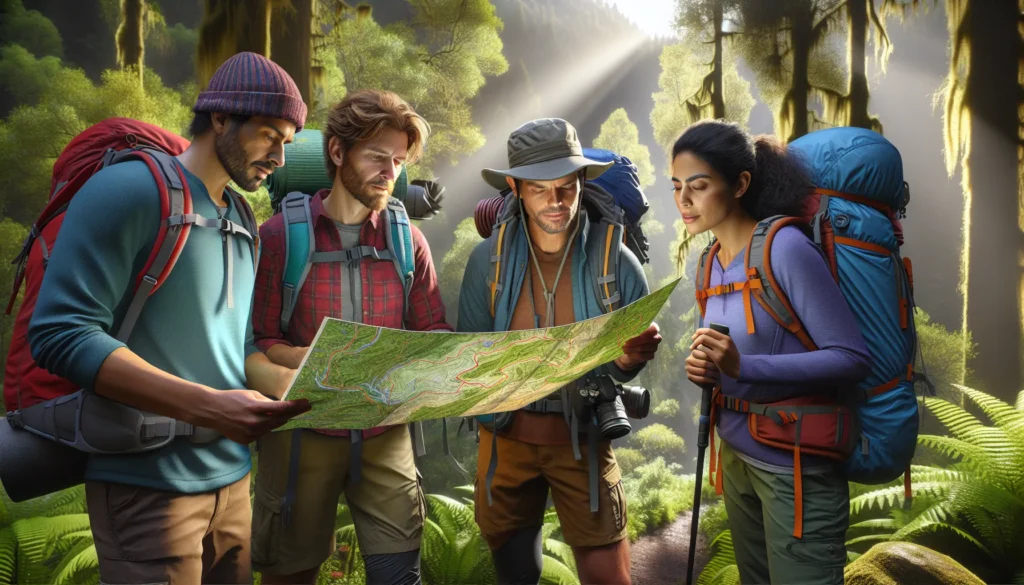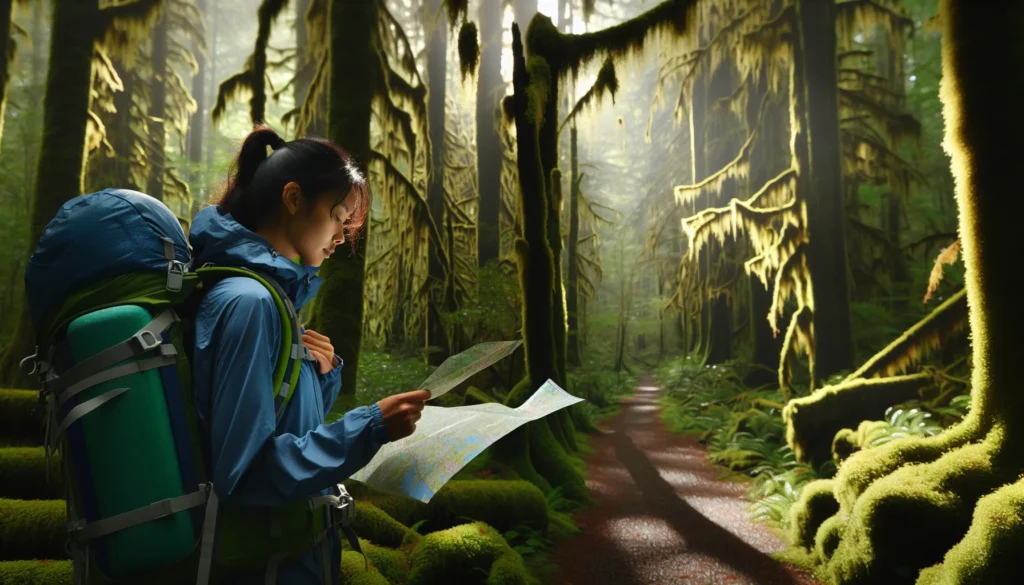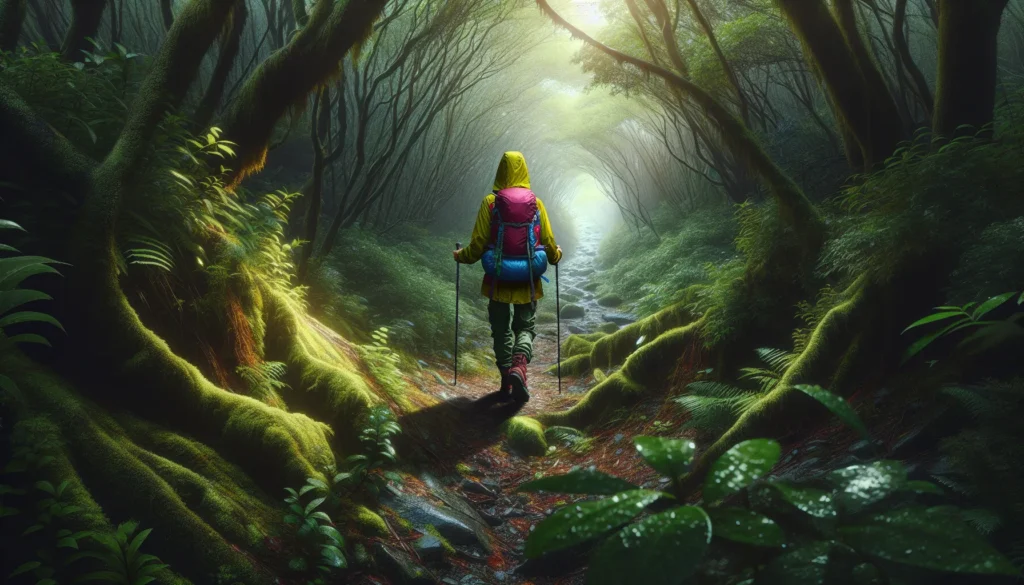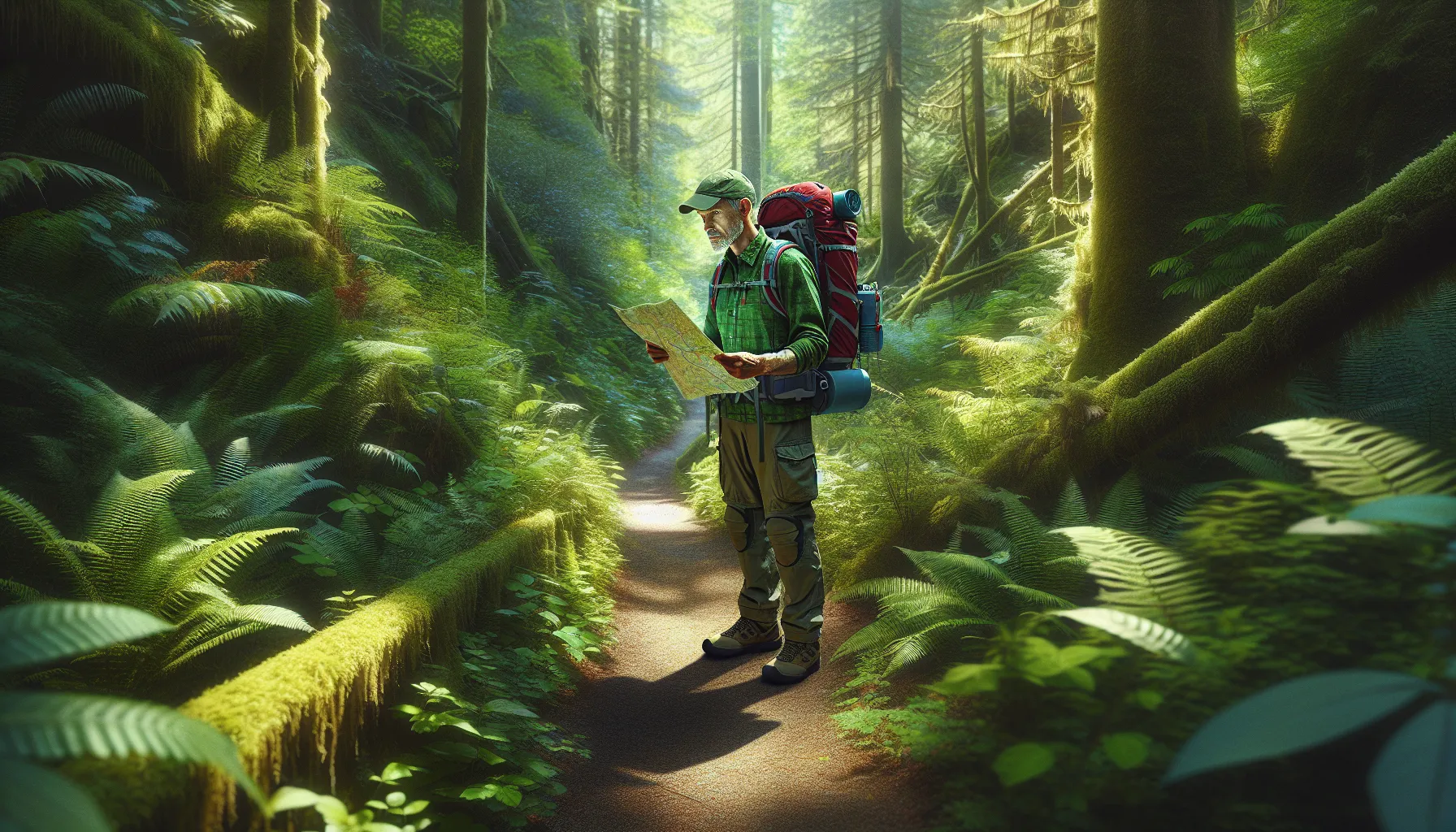Key Takeaways
- Hidden hiking trails provide a peaceful and less crowded alternative, offering unique natural beauty and a closer connection with nature.
- Tools like AllTrails, Gaia GPS, local guidebooks, and online forums can help uncover lesser-known trails.
- Engaging with locals, exploring less-trafficked areas, and hiking during off-peak times are effective ways to find hidden paths.
- Prioritizing safety on hidden trails is crucial; plan ahead, pack essential gear, and always share your itinerary with someone.
- Discovering hidden hiking spots enhances navigation skills, promotes sustainable exploration, and creates rewarding outdoor experiences.
I’ve always loved the thrill of discovering a hidden hiking trail, those secret paths that feel untouched and away from the crowds. There’s something magical about stepping onto a trail that’s not plastered all over social media—it’s like having a little slice of nature all to yourself. But finding these hidden gems can be tricky if you don’t know where to start.
Why Explore Hidden Hiking Trails
Hidden hiking trails provide a unique sense of adventure and tranquility. These less-traveled paths often lead to areas untouched by heavy foot traffic, preserving their natural beauty. I enjoy the peace and quiet they offer, especially compared to popular trails filled with crowds.
Exploring these trails allows me to connect more deeply with nature. The serenity of hidden routes often means closer encounters with wildlife or discovering rare plant species. Smaller streams, secluded waterfalls, or unique rock formations are some features I’ve found along these paths.
These trails also challenge me to rely on my navigation and observation skills. Finding markers, reading the landscape, and planning the route all contribute to a more rewarding hiking experience. Hidden paths offer the chance to escape routine, uncovering environments I wouldn’t experience on well-trodden routes.
Tools And Resources To Discover Hidden Hiking Trails

Exploring hidden trails often requires the right tools and resources. I rely on a combination of technology, community insights, and traditional guides to uncover these hidden gems.
Online Maps And Apps
Digital platforms simplify trail discovery. I often use navigation apps like AllTrails and Gaia GPS to identify less-traveled routes. Google Earth helps me explore satellite views to spot potential trails or hidden paths. For those maintained by local organizations, Trailforks and Hiking Project include user-submitted data and trail conditions.
Social Media Groups And Forums
Online communities are great for personal recommendations. I frequently join local hiking groups on Facebook or niche forums like Reddit’s r/hiking. Members share detailed trail descriptions, hidden path locations, and photos. Instagram hashtags, such as #HiddenTrails or #OffTheBeatenPath, also lead me to less-known areas.
Local Guidebooks
Traditional guidebooks often list trails overlooked by digital sources. I visit local bookstores or outdoor shops for region-specific hiking guides. These books, written by experts familiar with the area, include trail maps, descriptions, and historical details. Some even feature hand-drawn illustrations of lesser-known paths.
Tips For Finding Hidden Gems

Discovering hidden hiking trails becomes easier with the right approach and strategies. I rely on a mix of local knowledge, strategic exploration, and timing.
Talk To Locals
I often start by connecting with residents in the area. Locals are usually familiar with lesser-known trails and can provide valuable guidance. I ask in nearby towns, at local cafes, or even ranger stations for tips. Conversations with staff at outdoor gear stores often lead to finding off-the-map trails.
Explore Less-Traveled Areas
I focus on regions that don’t feature heavily in popular trail guides. Checking state or county parks with fewer amenities often reveals trails that are lightly trafficked. Exploring the outskirts of national parks or non-designated wilderness areas—while ensuring safety—frequently uncovers hidden paths and scenic spots.
Visit During Off-Peak Times
I hike at less popular times to explore trails without crowds. Weekdays, early mornings, or late afternoons usually offer quieter conditions. Shoulder seasons, like spring or fall, allow me to experience popular areas with fewer people, making it easier to uncover nearby hidden paths.
Safety Considerations When Hiking Hidden Trails

Hiking hidden trails offers solitude but requires careful preparation to stay safe. I always prioritize safety by addressing key precautions before setting off.
Research The Trail In Advance
I use reliable sources like local maps, guidebooks, or apps such as Gaia GPS to learn about trail difficulty, landmarks, and terrain. This ensures I know what to expect, especially for trails without clear markings. If possible, I check for recent trail reports from other hikers to identify hazards like fallen trees or wildlife activity.
Pack Essential Gear
I bring the Ten Essentials, including a map, compass, first aid kit, and extra layers, to prepare for emergencies. On hidden trails, I also pack a fully charged GPS device and extra batteries in case I lose cell service. Carrying a whistle and small emergency beacon enhances safety, especially in remote areas.
Share Your Plans With Someone
Before I leave, I tell a trusted person my detailed itinerary, including the trailhead, route, and expected return time. If I find myself delayed or lost, this ensures someone knows where to look and when to seek help. For solo hikes, this step feels even more critical.
Benefits Of Discovering Hidden Hiking Spots
Exploring hidden hiking spots offers unmatched tranquility. These trails are often free from the crowds that frequent popular routes, allowing me to fully immerse myself in the natural world without distractions. The peace enhances my hiking experience, making each step feel more connected to the environment.
Hidden paths often showcase untouched natural beauty. They’re less impacted by human activities, preserving unique ecosystems and providing opportunities to encounter rare wildlife and plant species. I’ve seen vibrant wildflowers and elusive animals that are rarely found on busier trails.
Finding these trails sparks a sense of adventure. I enjoy the challenge of navigating unfamiliar routes, which makes each discovery feel rewarding. This process sharpens my navigation, observation, and problem-solving skills, turning each hike into a personal accomplishment.
These lesser-known spots encourage quieter, more sustainable interactions with nature. With fewer visitors, these trails remain pristine longer, and I feel I’m contributing to their preservation simply by choosing them over well-trodden paths.
Conclusion
Finding hidden hiking trails has been one of the most rewarding ways for me to connect with nature on a deeper level. There’s something magical about stepping onto a quiet path, surrounded by untouched beauty, and knowing it’s a space not many have explored. It’s an experience that challenges me, inspires me, and gives me a sense of peace I can’t find anywhere else.
I hope this inspires you to seek out those lesser-known trails and create your own adventures. With the right tools, a bit of curiosity, and a focus on safety, you’ll discover the joy of exploring nature’s hidden gems. Happy hiking!
Frequently Asked Questions
What are hidden hiking trails?
Hidden hiking trails are lesser-known or less-traveled paths that offer a sense of solitude and undisturbed natural beauty. These trails are often away from tourist-heavy areas, providing hikers with tranquility and unique encounters with nature.
Why should I explore hidden hiking trails?
Exploring hidden hiking trails offers unmatched peace, intimacy with nature, and a chance to discover unique wildlife and rare plants. They are usually quieter, more sustainable to visit, and often provide a sense of adventure and accomplishment.
How can I find hidden hiking trails?
You can find hidden hiking trails using resources like apps (AllTrails, Gaia GPS), satellite tools (Google Earth), local hiking groups, forums (Reddit’s r/hiking), and traditional guidebooks. Talking to locals and exploring less-visited parks are also great strategies.
What safety precautions should I take when hiking hidden trails?
Safety is crucial when hiking hidden trails. Research the trail beforehand, share your plans with someone you trust, carry essential gear like a map, compass, and first aid kit, and ensure your GPS device is fully charged.
What are the benefits of hiking hidden trails?
Hiking hidden trails provides solitude, deeper immersion in nature, and opportunities to see preserved ecosystems. These trails enhance navigation skills, offer adventure, and promote a quieter, more sustainable way to enjoy nature.
Are hidden trails harder to navigate?
Yes, hidden trails can be more challenging to navigate since they’re less marked or maintained. Familiarizing yourself with maps, carrying navigation tools, and honing observation skills are essential when exploring these paths.
When is the best time to explore hidden hiking trails?
The best time to explore hidden hiking trails is during off-peak hours like weekdays or early mornings. Visiting during these times ensures quieter experiences and greater chances of discovering secluded paths.
Can beginners explore hidden hiking trails?
While hidden trails are more rewarding, beginners should start with easier paths, research thoroughly, and go with a group or experienced hikers to ensure safety. Preparation is key for a successful and enjoyable hike.
How do hidden hiking trails help preserve nature?
Hidden hiking trails often experience less foot traffic, which helps preserve delicate ecosystems, prevent erosion, and protect wildlife. Hiking such trails sustainably contributes to maintaining their natural beauty.
Are there tools to help navigate hidden trails?
Yes, digital tools like AllTrails, Gaia GPS, and Google Earth help with navigation. Combine technology with traditional maps and guidebooks, which often provide detailed information about lesser-traveled areas.

